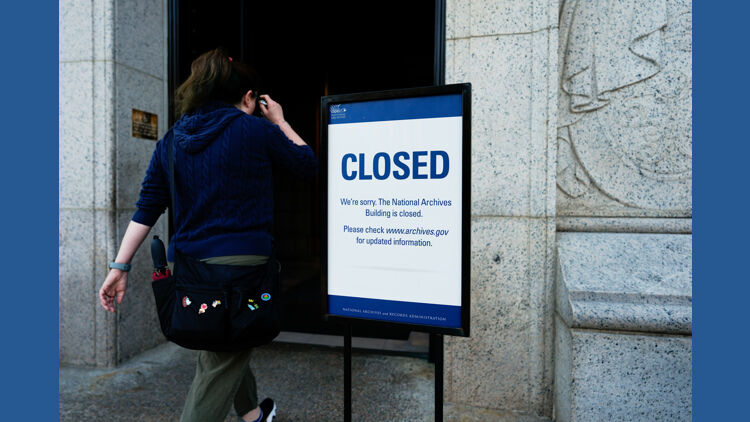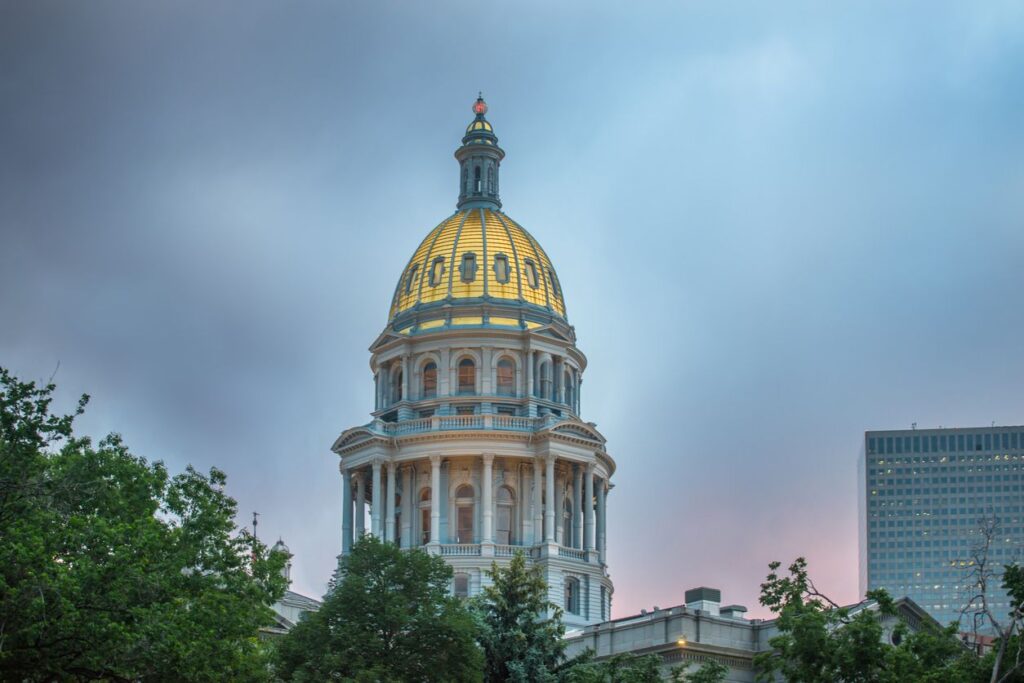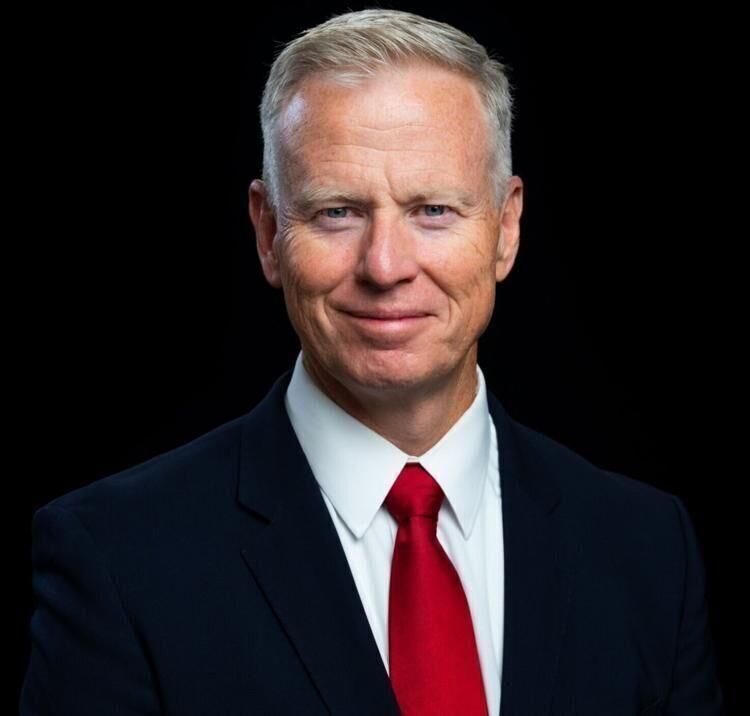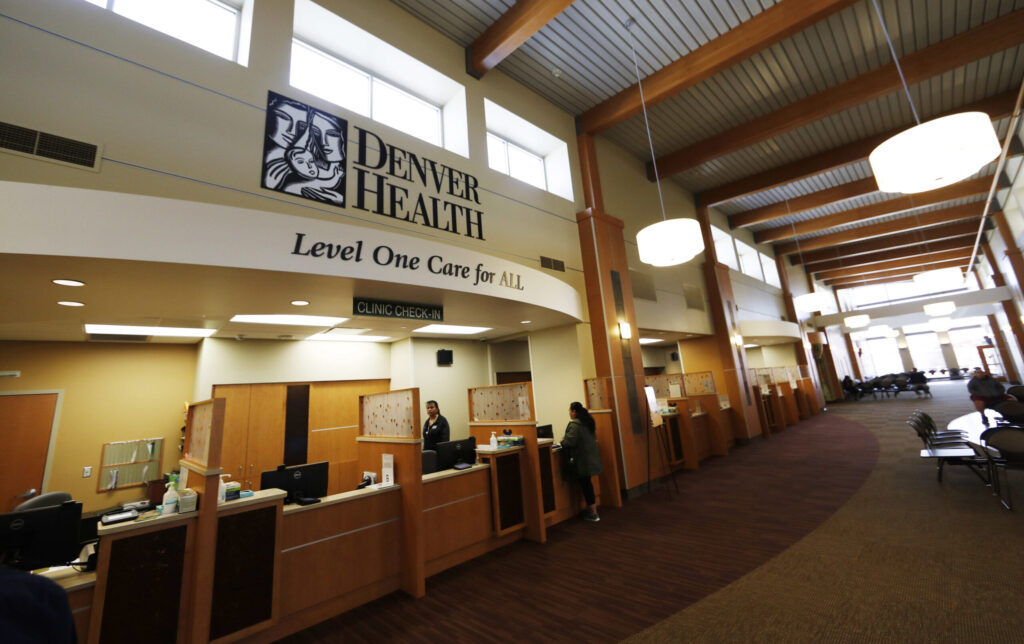For now, shutdown’s impact is minimal on Colorado government, though officials say state will see ripple effects if it persists

Colorado officials do not not expect to see major impacts on Colorado-run programs or its workforce for the first week of the federal shutdown, though the state stands to feel the strain, particularly if the stoppage goes into the second week or longer.
Like other states, a big chunk of spending in Colorado is paid for with federal dollars.
The state expects to receive approximately $14 billion in federal funding for the 2025-26 budget and almost every state agency sees some of that money.
Indeed, numerous state programs heavily rely on federal funding.
Already, the state has had to provide stopgap funding for one of them.
Colorado lawmakers on Tuesday approved a one-month funding allocation of $7.5 million to cover the cost of continuing the Women, Infants and Children (WIC) food program, which the U.S. Department of Agriculture administers.
In addition to the WIC program, Russ Vought, director of the federal Office of Management and Budget, referenced eliminating Green “New Deal” funding going to 16 “blue” states, including Colorado, totaling $8 billion.
However, that funding cut isn’t actually explicitly tied to the shutdown. The Colorado Energy Office noted that the U.S. Department of Energy announced the cut back on Sept. 24. The federal energy office, led by Coloradan Chris Wright, is cutting a total of $13 billion, which also includes funding allocated to “red” states.
In a statement, Gov. Jared Polis said his administration is monitoring the shutdown and how it might affect the state. He said he would take action “where possible to mitigate harm to Coloradans and our communities.”
Like many Democrats, he put the onus on the Republicans for resuming operations.
“The state cannot fill the void left by the federal government, and if they do not reopen the government and save health care for Coloradans, the consequences will be dire,” Polis said on Wednesday. “I am urging the Republicans who control all three branches of the federal government to end this shutdown and stop punishing hard-working Coloradans.”
President Donald Trump and Congress failed to strike an agreement by midnight of Sept. 30 to keep government programs and services running. Republicans and Democrats have blamed each other.
Republicans and Democrats had spent the first day of the federal government shutdown blaming each other.
Vice President JD Vance argued that Democrats refused to keep the government funded because they were trying to extend health coverage to people in the country illegally.
Democrats and fact-checkers disputed that point, saying that federal law prohibits such spending on immigrations unlawfully staying in the U.S.
Top Democrats countered that they simply want to renew funding for health care subsidies under the Affordable Care Act so that insurance premiums won’t spike nationwide for American families.
Neither side said it would budge.
Colorado is considered a “donor” state, which means it pays more taxes to the federal government than are returned to the state through grants and other federal funding. The Rockefeller Institute estimated in 2023 that the state receives about 90 cents for every dollar paid in taxes.
In a memo, the Office of Management and Budget said “shutdown furloughs” would affect employees who are paid through annual appropriations and typically occur at the beginning of a budget year, which begins Oct. 1.
The Federal News Network on Wednesday provided a list of federal agency contingency plans, which included the number of federal employees who could be furloughed, depending on the duration of the shutdown.
Certain areas are exempt from the shutdown, including Social Security, Medicare, and the postal service, as they do not rely on annual appropriations.
So, what are some of the areas in Colorado funded by federal dollars?
One of the largest is in the Department of Transportation, where more than $800 million is allocated toward the construction and maintenance of Colorado’s transportation infrastructure, out of a total state agency budget of $2.2 billion.
The operating expenses for the state’s immunization program at the Colorado Department of Public Health and Environment are primarily paid for with federal dollars. The program’s total cost is $55 million; the federal government pays $48 million of that tab.
The program tracks immunization data and maintains immunization records throughout the state.
Disability determination services provided by the Department of Human Services are entirely funded by the federal government at $23 million.
The federal government will contribute $214 million to the state Department of Education for services to English-language learners and students with special needs out of a total cost of $638 million.
The Department of Education also receives $10.3 million for the state’s “schools of choice” initiative, which allows parents to choose schools for their children outside of the home district. That money covers all but about $2 million of the initiative’s cost.
The state’s Child Care Assistance Program is also substantially funded by the federal government. The budget is $185 million, with $128 million that comes from the federal government.
CCAP helps families that are homeless, working, searching for work, or in school find low-income child care assistance.
The federal government also covers $113 million in costs for the Colorado National Guard, out of a total budget of $159 million for the Department of Military and Veterans Affairs.
As of September 2024, more than 41,000 federal employees work in Colorado.
The Congressional Research Service also noted the locations of federal civilian employees, broken down by congressional district.
Congressional District 5, which primarily covers El Paso County, has the largest population, at more than 20,000, or approximately 5.7% of the district’s total employed population.
In Lakewood, more than 6,000 employees work at the Federal Center, and an additional 5,000 employees work in other federal offices located in various areas of the city. That’s about 8% of the employed population, according to the city of Lakewood.
The Federal Center is the largest concentration of federal agencies outside of Washington, D.C. Almost half of the four million square feet in office and research space at the Fed Center is occupied by the Department of the Interior.













